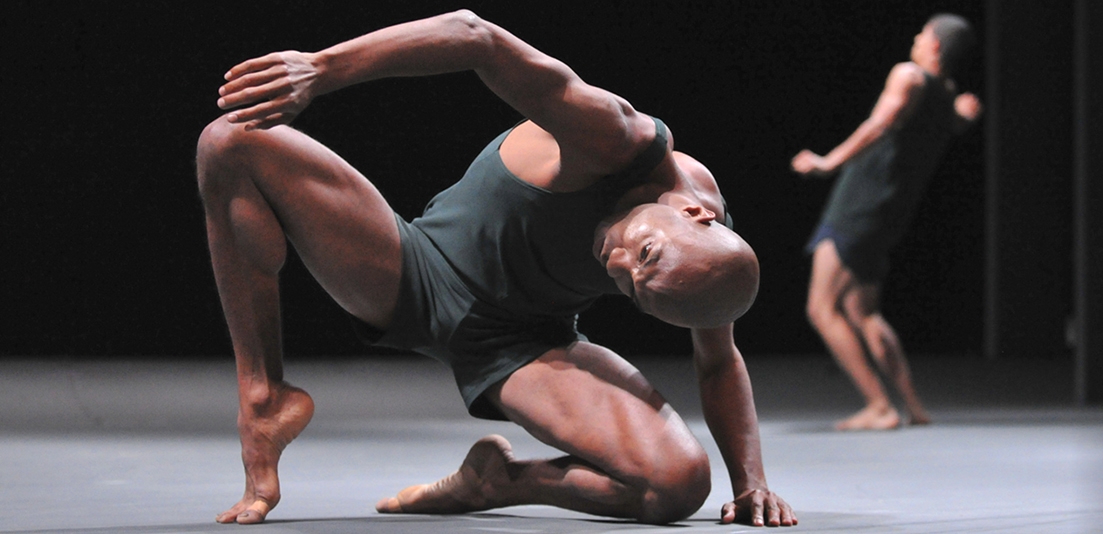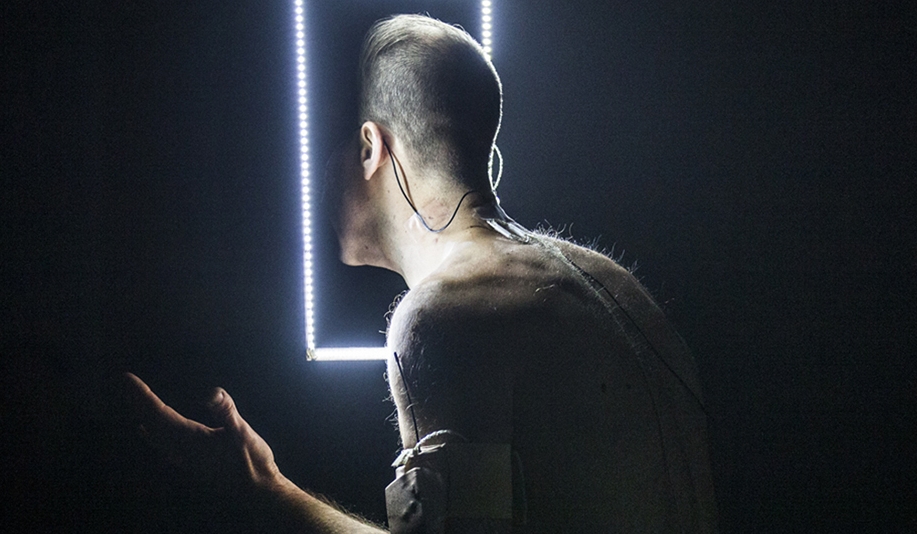There’s a woman in a long blue dress jogging on an invisible treadmill at the back of the stage. Batsheva Dance Company’s Last Work opened on her and her blue dress and 20 minutes into the performance, she is still running. A seven-year-old girl named Tara sits behind us, conferring in loud whispers with her cousins, a pair of seven-year-old male twins. One of the boys clambers over his father to repeat his earlier observation to Tara, “She must be exhausted.” Later, Tara can be heard quizzing her mother: “What are they doing?” “What is happening?” She leans over to let her cousins know that they are watching a dance performance, some 30 minutes after it has begun.
It’s quite nice, listening to these kids. They’re like the Greek chorus of contemporary dance, vocalising what must be the internal soliloquy of half the audience. Dance choreography can imply dynamics between bodies and things, but the meaning is always a bit of a mystery. No one really knows what its about. It’s a mistake to think you should.
Last Work is ordinary in terms of being incomprehensible but extraordinary to watch. Choreographed by Batsheva Dance Company’s Artistic Director, Ohad Naharin, the piece represents two and a half decades of creative vision that has won worldwide acclaim. Opening on the marathon runner, the show progresses in a series of interlocking set pieces performed by Batsheva’s dozen-strong troupe. They move from the chest and the wrist, flicking, snapping and undulating against a soundscape of subterranean bass and Israeli folk songs. It’s for the most part a purely textual expression, but there are scenes where men in cassocks are sexual aggressors, dominating over the women in white. “The boys are in black and the girls are wearing tutus,” Tara says. A man appears to be masturbating furiously then turns to reveal a well-polished rifle, which explodes with confetti and streamers as the music erupts in Soca-fuelled EDM. And always, in perfect rhythm, the girl in the dress is jogging in place.
There is no discernable narrative in Last Work, the themes are slippery and opaque, but god, are the dancers beautiful. A tall, leonine boy in the ensemble creates the most spectacular shapes with his limbs, with more extension and fluidity than even his female counterparts. Making multiple, discreet rhythmic patterns against the esoteric soundscape, the dancers sometimes seem like glitch personified – a dozen moving parts of an electronic palette. Their bodies are strange and wonderful, distorted, disrupted and barking. They seem otherworldly in this performance, which beyond that makes no sense. I don’t know what it’s about, but I think it’s amazing. I wonder if Tara agrees. I ask her opinion at the end of the show. “Yes,” she nods sagely, “Good.”
BY SIMONE UBALDI







